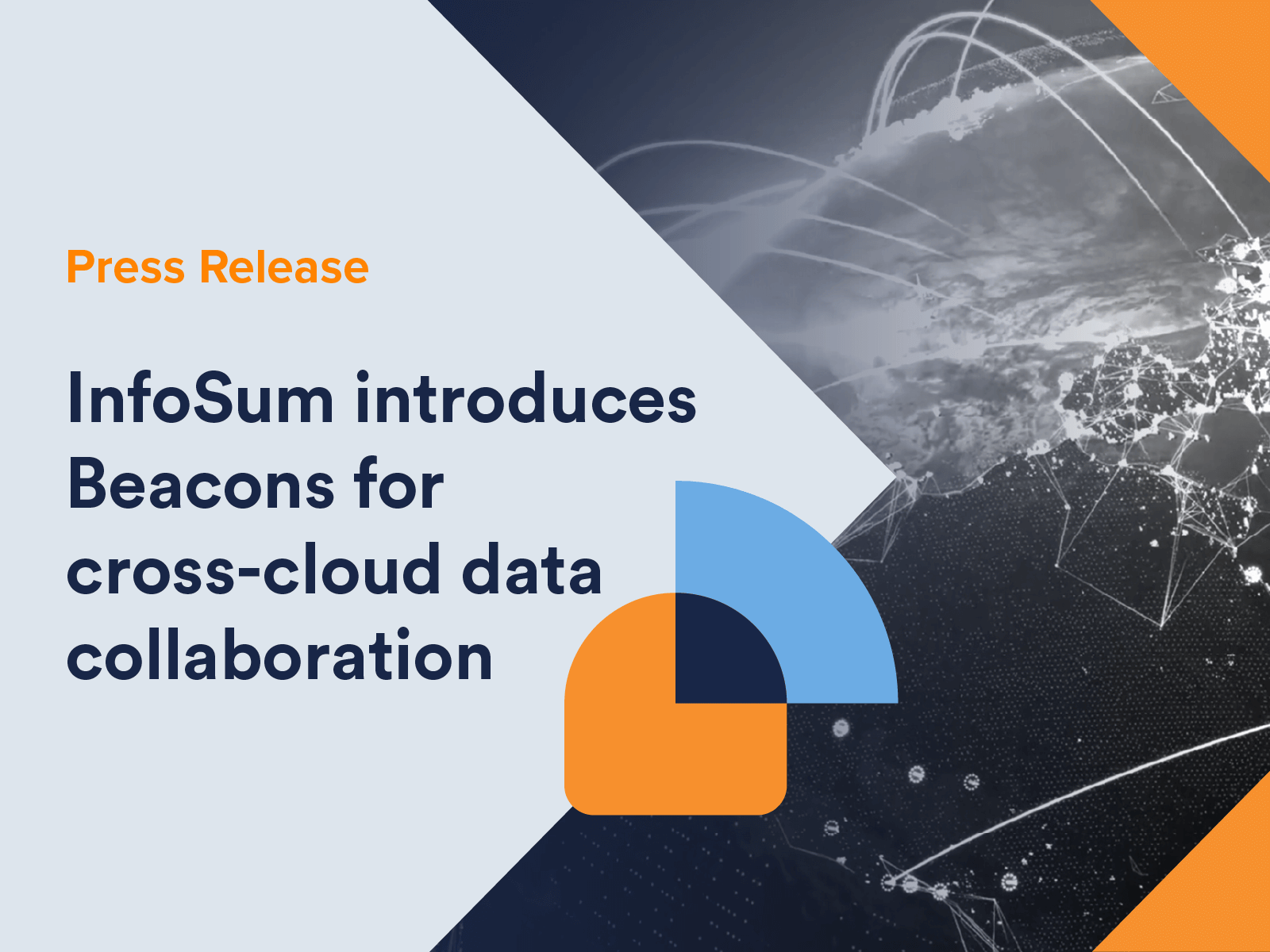Proactive brand marketers, their network partners, and media companies have shed their reliance on third-party cookies and used first-party data to collaborate with one another. It’s helped them find customers they have in common, for instance, develop valuable audience insights, monetize sponsorship opportunities, or plan, activate, and measure better-targeted campaigns. After decades of programmatic meddling, these pioneers found their way back to direct data partnerships, and thanks to new technology like data collaboration platforms, they've reached new heights in marketing performance without jeopardizing their customers’ privacy.
As my colleague Nick Henthorn said in a recent article about direct data collaboration on this blog, "There’s tremendous value in looking your media partner in the eye and figuring out how you both can benefit from working together."
But in today's complex marketing environment, one-to-one data partnerships are not quite sufficient anymore. To fully understand their customers’ behavior and maximize their marketing opportunities, brands, retailers, and media companies need to work with dozens of partners at a time. The answer is a multi-party data collaboration solution we call ‘Private Data Networks’.
Let's review what they are and why they’re the solution you've been asking for all this time.
What’s a private data network?
A private data network is a controlled, bespoke, and closed data ecosystem used to enable scalable, fast, and cost-efficient data collaboration between many partners, all without sharing any raw data.
You may visualize a private data network as a hub and spoke ecosystem insofar as a single organization (a ‘curator’) is responsible for defining its purpose, setting the ground rules, and inviting other players — such as brands, media owners, retailers, data partners, and media platforms — to take part.
Private data networks are a multi-party collaboration whereby the objectives of the collaboration are established upfront and the partners are curated accordingly. This allows for a one-time setup by the curator, eliminating the need to re-create a data clean room for every iteration. This rapid increase in speed of implementation, scalability, and repeatability of these networks is a significant benefit.
These private data networks are built with federated learning on top of decentralized data collaboration technology. What do these terms mean? Each carries its own value, so I find it helpful to break it down:
- Decentralized technology: Technology that ensures data is never co-located or centralized, eliminating data leakage and accidental or purposeful misuse. It ensures that no raw data is ever shared, and each partner maintains complete control over its own data.
- Federated learning: A method of distributed data analysis where insights are generated without moving or centralizing data. Each participant (or “spoke”) retains control of their data, while shared models are trained across locations, ensuring consistent privacy rules and protections, and no competitive insights or strategy is shared.
Combining the two technologies allows private data networks to truly flourish.
Building private data networks without risk or complexity
Working with multiple partners to find marketing common ground is not a new concept, but the idea of private data networks with traditional data-sharing methods has been nothing more than a pipe dream. These approaches require the centralization of data, which takes control of the data away from its rightful owners. This relinquishing of control is not only a no-no in today’s privacy environment, but it removes the possibility of an organization being able to curate and build a proprietary private data network.
Furthermore, the process is prohibitively expensive, painfully slow, and very difficult to scale. Even when data clean rooms are involved, those responsible for orchestrating the data collaboration find themselves spinning 20, 40, or 100 clean rooms, facing new operational and legal hurdles with every participant, and rewriting SQL commands from scratch. And if, on the off chance, you're not rewriting SQL, then instead, you're limited to the pre-defined queries you've commercially agreed upon. No wonder most attempts end up woefully short or take almost a year to implement.
To make a long story short, attempts at private data networks have been stifled by limitations with legacy tech that grinds time to value to a halt, significantly caps scalability, and prevents repeatability, forcing companies to restart from square one each time.
The good news is that now, with InfoSum’s federated and decentralized approach to collaboration, private data networks are a reality, and scaling them is far easier and faster than you probably think. The curator can effortlessly onboard and offboard collaborators based on clearly defined use cases and shared business goals. All legal, security, and commercial reviews are streamlined, and since every piece of data stays under the control of its original owner, there’s zero risk of data leaks or misuse.
The table below summarizes what sets private data networks apart.
The collaboration dream becomes a reality
If a private data network sounds like the type of data collaboration you’ve been dreaming of all this time, it’s because it is. At InfoSum, we’ve spent the past 12 months helping clients stand up private data networks in industries as varied as financial services, retail, entertainment, sports, and gaming, and I’m not exaggerating when I say that everyone loved how painless the whole process was.
Most who tried to launch a multi-party data ecosystem in the past without the right data collaboration technology ended up stopping halfway, or if they managed to roll it out, they never repeated the experiment because it was too taxing and the payoff was way too long. Now, they’re not just reaping the fruits of their first private data network but are already thinking about deploying more private data networks to answer new questions across their marketing funnel - all with their CFO’s blessing.
Who should deploy a private data network?
A private data network can be created by a retailer looking to share conversion insights with its advertising partners; a media company interested in monetizing its attractive audiences (or even identifying which audiences are attractive in the first place) and measurement capabilities; a data broker providing access to unique data enrichment and segmentation solutions; a food delivery service deepening strategic ties with its QSR partners; a sports league developing insights about game viewership and ticket sales for its teams’ benefit; a financial services firm managing its credit card rewards partners; or an airline expanding its frequent flyer program.
The sky's the limit (pun intended).
What are the first steps?
Private data networks are based on state-of-the-art privacy-enhancing technologies (like differential privacy, secure multi-party computation, and decentralized processing), but technology without purpose is like a GPS without a destination. The first, and arguably most important, step in launching a private data network is for the curator to define its purpose. Is it extracting insights to better target joint consumers, enabling greater access to customer insights, increasing the value of sponsorship opportunities, managing consent and suppression across an array of partners, testing and learning, optimizing media planning, activating a new campaign, or measuring cross-media performance? Once the goal is set, InfoSum can manage all the necessary data interfaces and scale the whole operation in a matter of days.
If you’ve ever dreamed of a data environment that delivers on the promise of multi-party collaboration and doesn’t grind to a halt every time a new participant joins in, get in touch with us.







